As THC guest writer Martynas “JcDent” Klimas hails from Lithuania, a country I’ve never visited and know little about, I asked him if he’d be willing to combine some covert history teaching with some overt wargame coverage. He courageously accepted the challenge and penned this fascinating article.
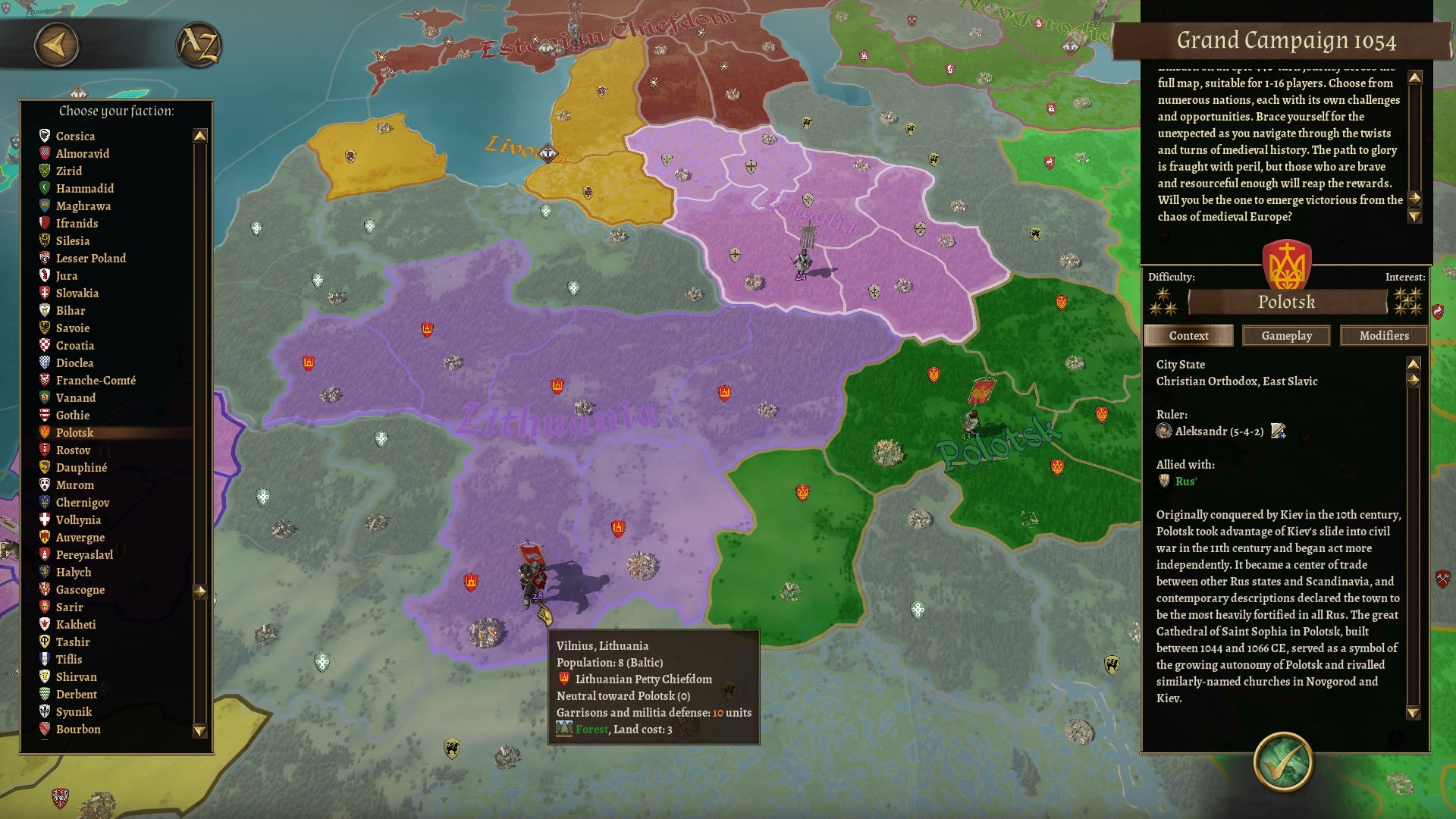
“We have finally been blessed with the Field of Glory: Kingdoms release. Our turn-based medieval battles can now have turn-based context. Unfortunately, with the 1054 start date for the grand campaign, my homeland Lithuania is not one of the choices available for players. Thankfully, other games have treated us more kindly. Here’s a brief look at the appearances of Lithuania in wargames.
There’s history in them thar hills

The first issue we run into is that Lithuania is first mentioned in historical sources in 1009 on the account of us whacking a bishop on our border. Consequently, not many games set before that date would have a Lithuania to include. The Romans had traded with the tribes in the area for amber, but didn’t mention any clearly identifiable people.
According to Wikipedia, the early Lithuanians were raided by Danes and Russians before deciding that it’s actually more fun to be the raider than the raidee. Many games skip that Viking warfare aspect.
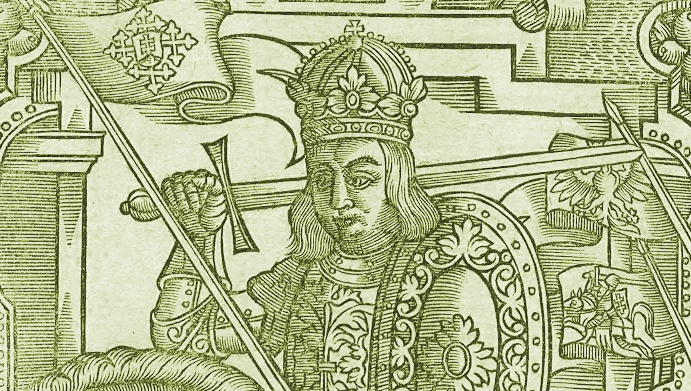
Going by my school curriculum, nothing really interesting happened before the mid 13th century, when Lithuania spawned Mindaugas, its first (and only) king. He gets baptized and tries to modernize the country before getting assassinated in 1263. Oops.
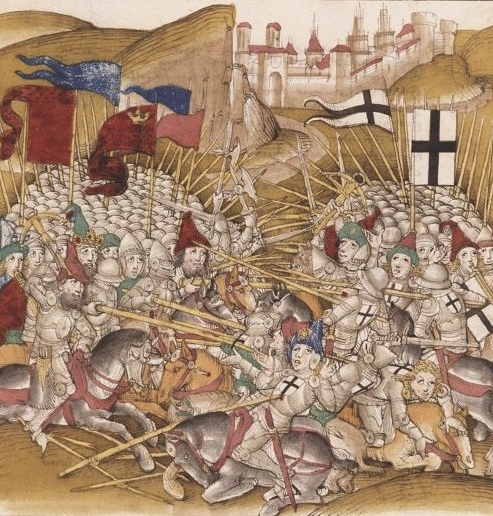
This lead to a flurry of guys taking the throne, getting stabbed, abdicating and such before Gediminas takes the throne in early 14th century, followed up by his sons Algirdas and Kęstutis, and then Kęstutis’ own son Vytautas the Great of “baptized Lithuania” and “beat the Teutonic Order at Grunwald in 1410” fame.
Medieval Lithuania
So, you may encounter Lithuanians in Field of Glory: Kingdoms and notice that their noble names and surnames are the same. Oops! That’s what we get for having the temerity to be a very minor nation at the start date.
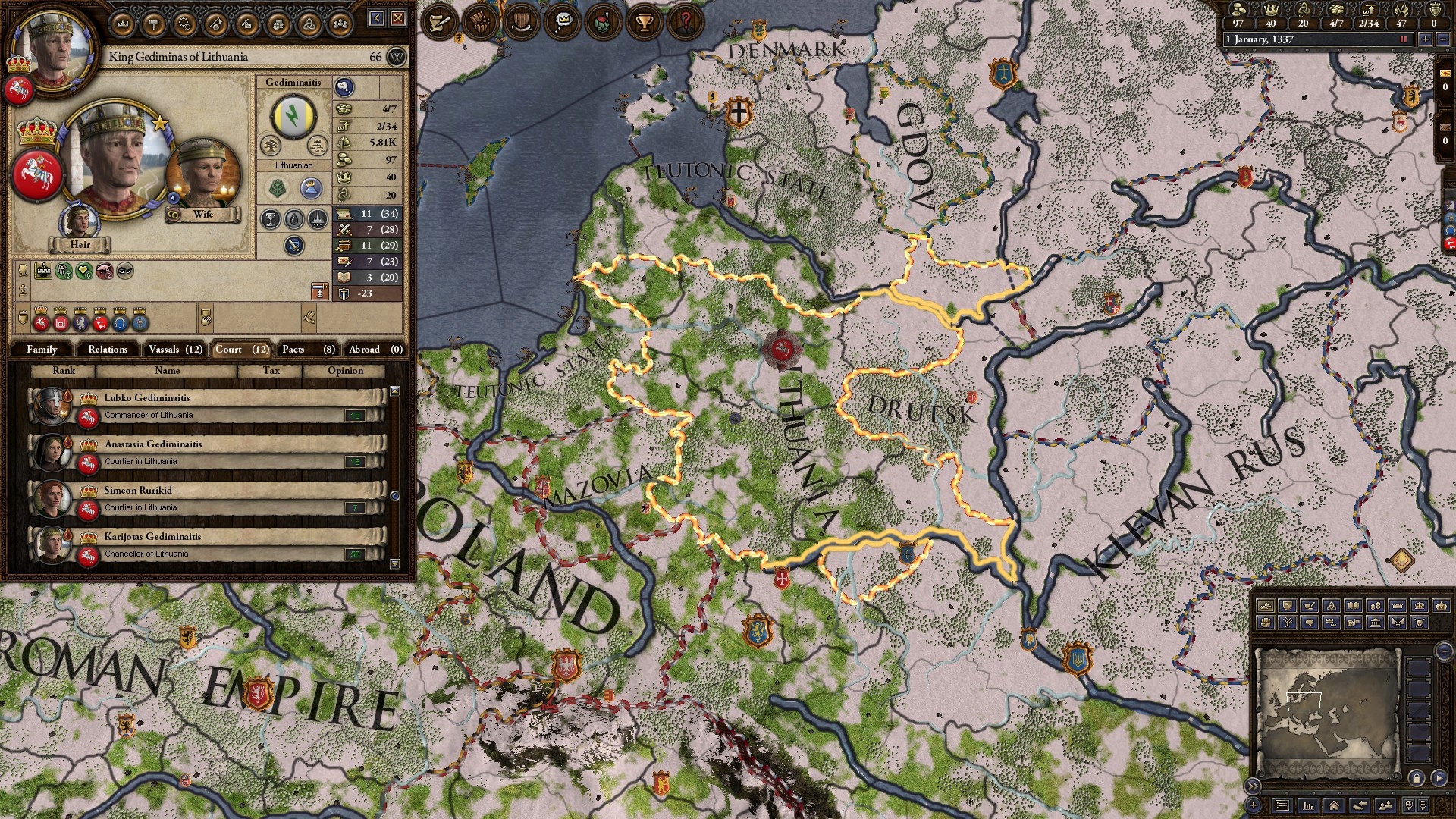
Crusader Kings II treated us with a lot more dignity, at least after The Old Gods DLC came out. Fighting Christians – both Catholics (in the form of Poles and crusading Germans) and Orthodox (a dozen varieties of Slavs) – forming the Kingdom of Lithuania, potentially even reforming the Baltic pagan faith are all on the menu. I was also amused by the immediate option to adopt an African into my court, something that would definitely make a specific crowd mad.
I haven’t played Crusader Kings III, but I assume Lithuania is in there as well.
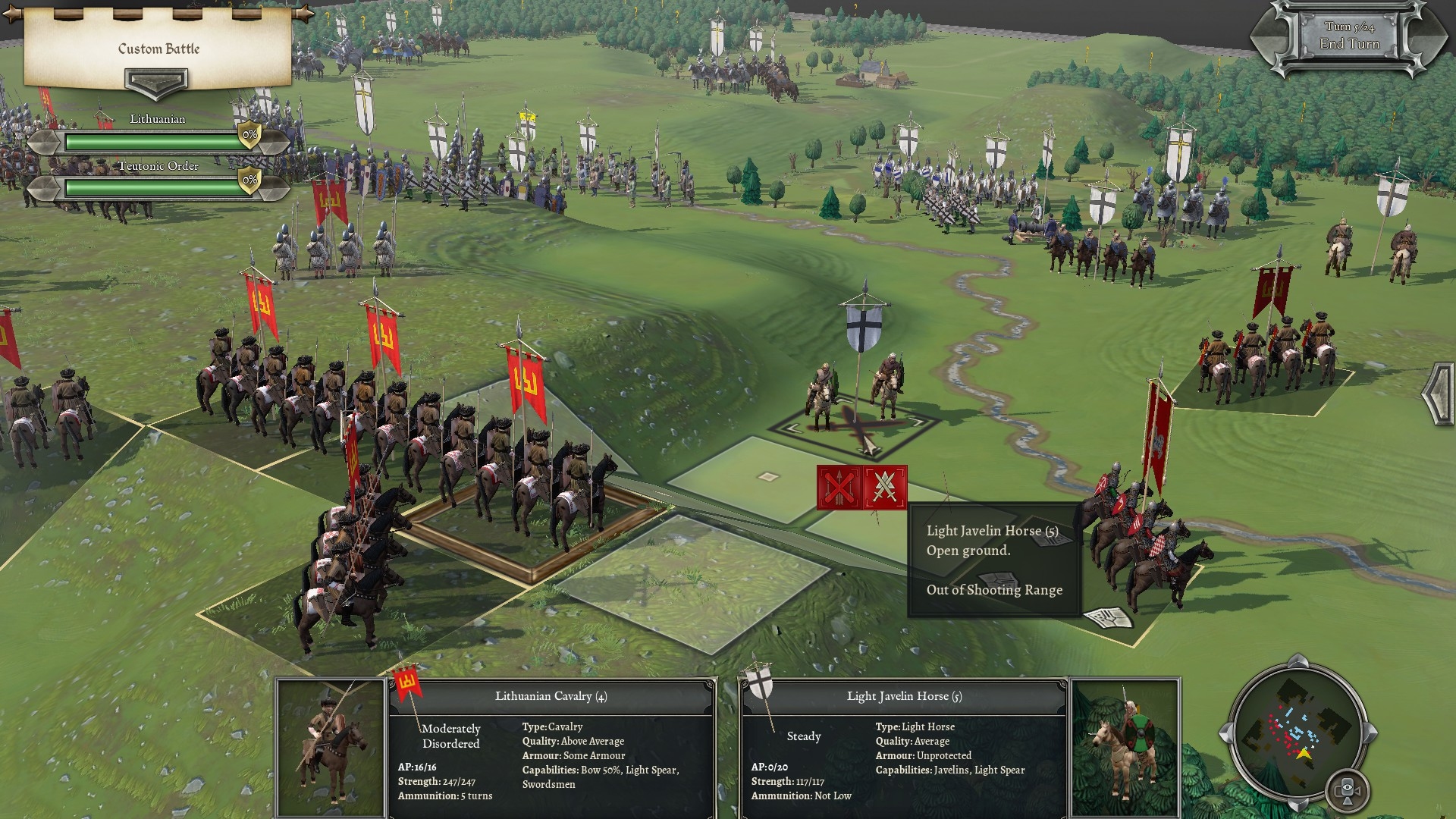
In Field of Glory II, Lithuania is one of the factions available in random battles. As was the custom at the time, it’s a noble cavalry-heavy army. You may also kill our king in one of the missions in the Russian campaign – it’s not your goal, but it did happen when I was playing it, so I found it funny.
Knights of Honor II: Sovereign is another game that lets you take Lithuania for a spin, though it’s a game that’s a lot less stringent about historical flavor. Of course, the unique unit is still cavalry. In my experience, I spent more time fighting all sorts of Russians and Poles than anyone else (there was also a short invasion into Sweden).

Moving back to the triple-A territory, Medieval II: Total War – probably the best of its kin – was taken even closer to glory with the Kingdoms expansion. And the Teutonic campaign let you play as Lithuania. After all, who else could have kicked the northern crusaders in the teeth?
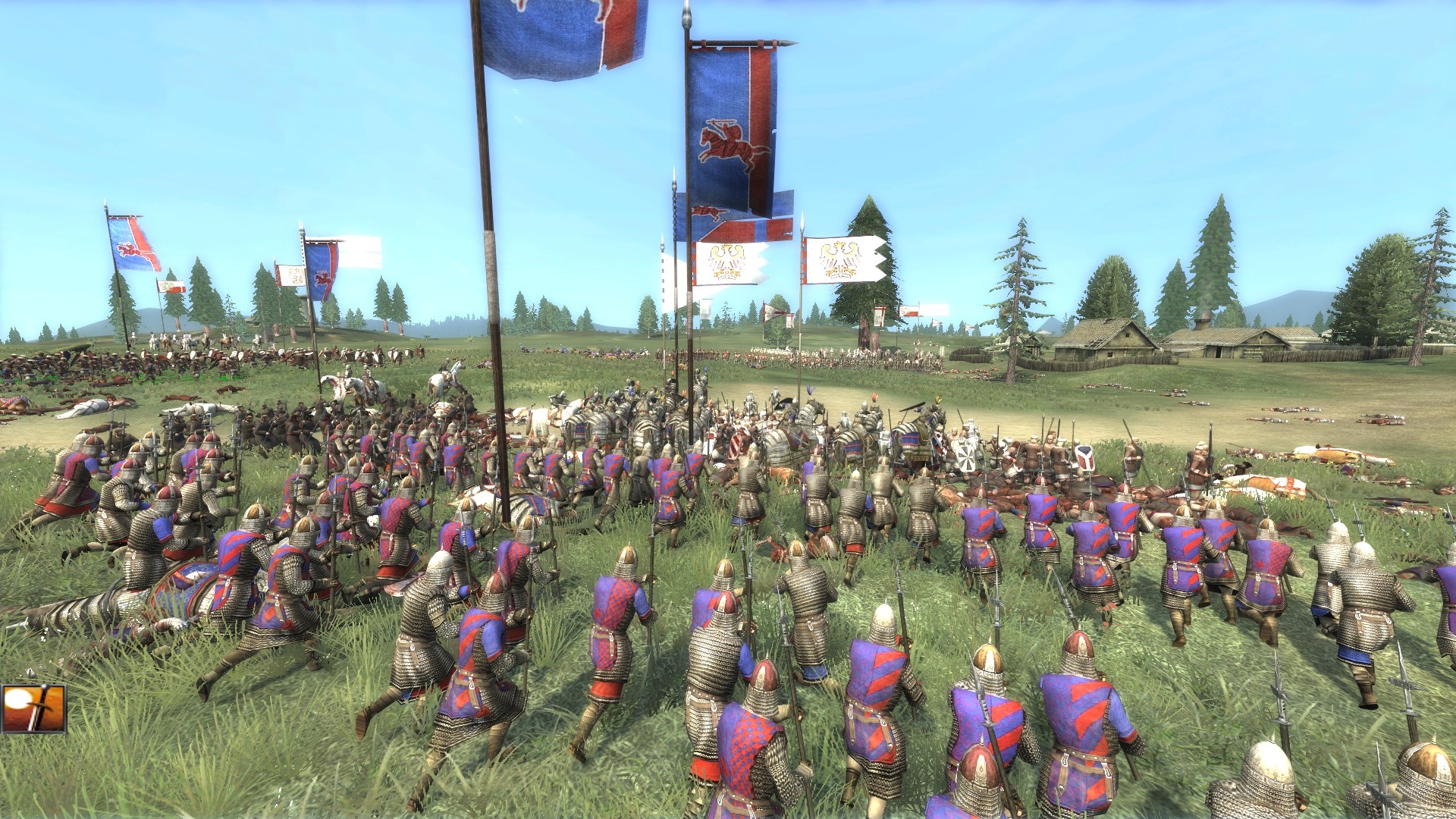
The blue-red color scheme was unusual, but this can be forgiven for granting Lithuania the status of a whole faction and not just some random gray neutrals. The unit roster is weirder still, with silly pagan units mingling with more serious historically-inspired stuff.

Will you field cavalry that’s drawn from the defenders of the temple of Dievas, a major pagan god? Might not be very historical, but it’s an option. Do you want to draw on Estonian rebels to fill out your infantry ranks? That’s but one of the unit options themed on specific Baltic peoples.
Early modern: Lithuwhatnia?
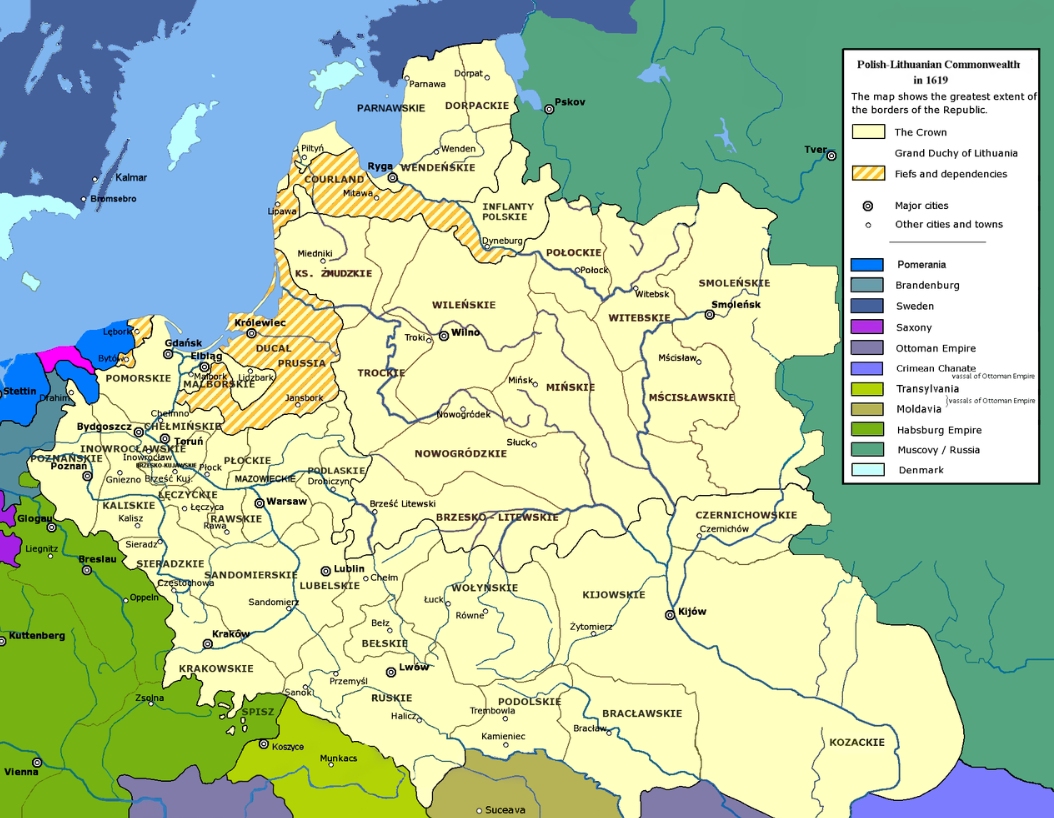
(Map by Wikipedia user Mathiasrex, based on layers by user Halibutt)
Unfortunately, once you start moving out of the middle ages, you run into a hefty historical issue: the Polish-Lithuanian Commonwealth. A major player in European politics till the end of 18th century, sure, but is it really Lithuania?
By the end of it, Poles had absolutely dominated it culturally, which may have something to do with the Poles getting baptized in the 10th century and thus starting all the snazzy national/cultural developments that come with having a bunch of monks writing stuff down. Meanwhile, the first book in Lithuanian, the Catechism, was only published in the 16th century.
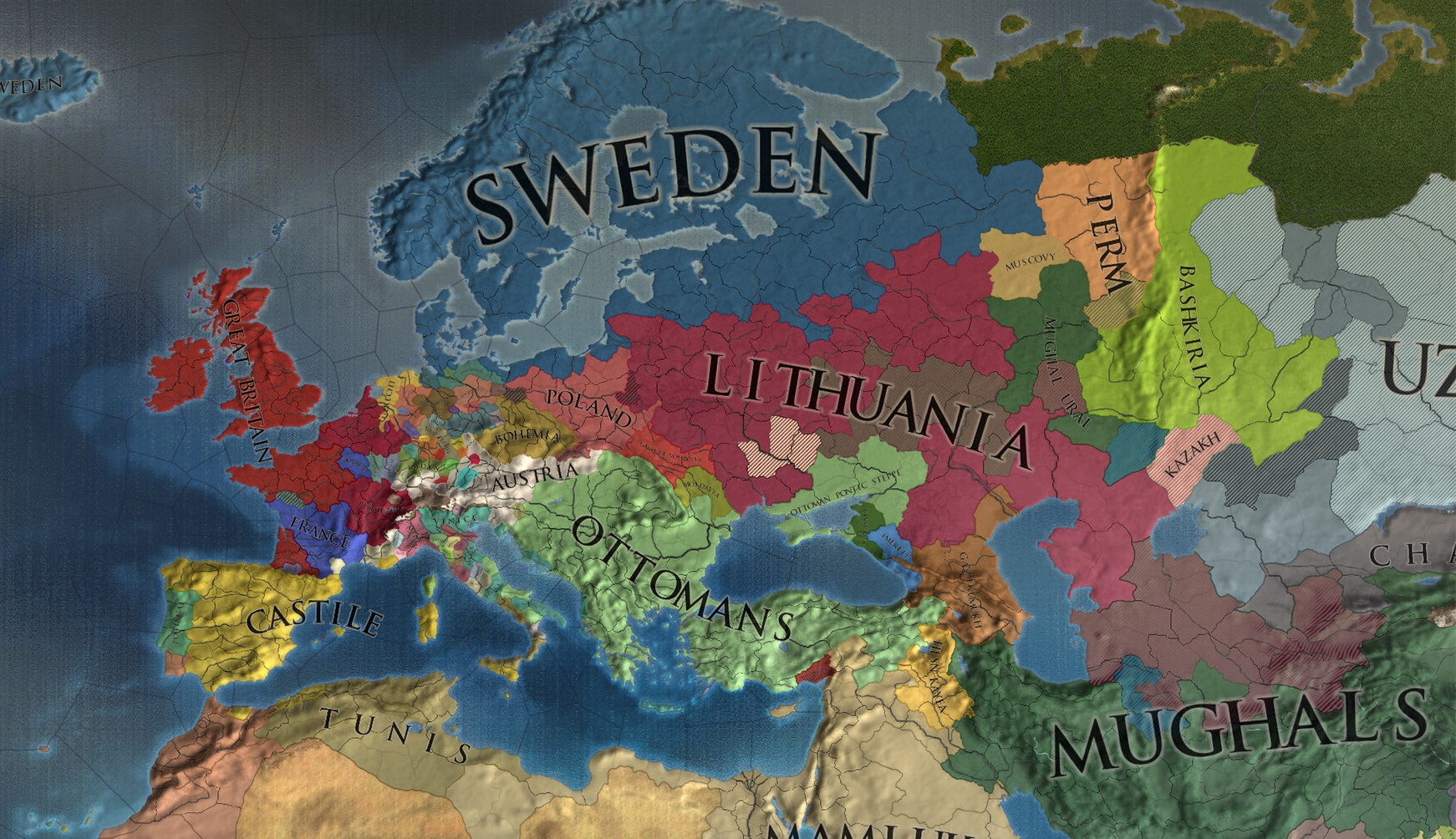
Spurious historical assumptions from game journalists aside, some of the most powerful PLC gaming comes from Europa Universalis. I was there when EUIV came out, and played Lithuania beset by Russians from without and endless rebel armies (that don’t care about reinforcement pools) from within. I’ve had a few early plays that aimed at establishing colonial possessions that could become PLC-in-Exile, but it never seemed to work out for me.
EUIV being EUIV, you don’t really get to play with the most iconic unit of the PLC: the Winged Hussar. I don’t remember it making an appearance in the other AAA depiction of PLC: Empire: Total War. You’re now welcome to fight Russians and Swedes, like you always have.
Of course, by the time of lines of musket-armed soldiers, national militaries had become somewhat flattened, so there’s not much flavor to your PLC hordes marching to take over the globe.
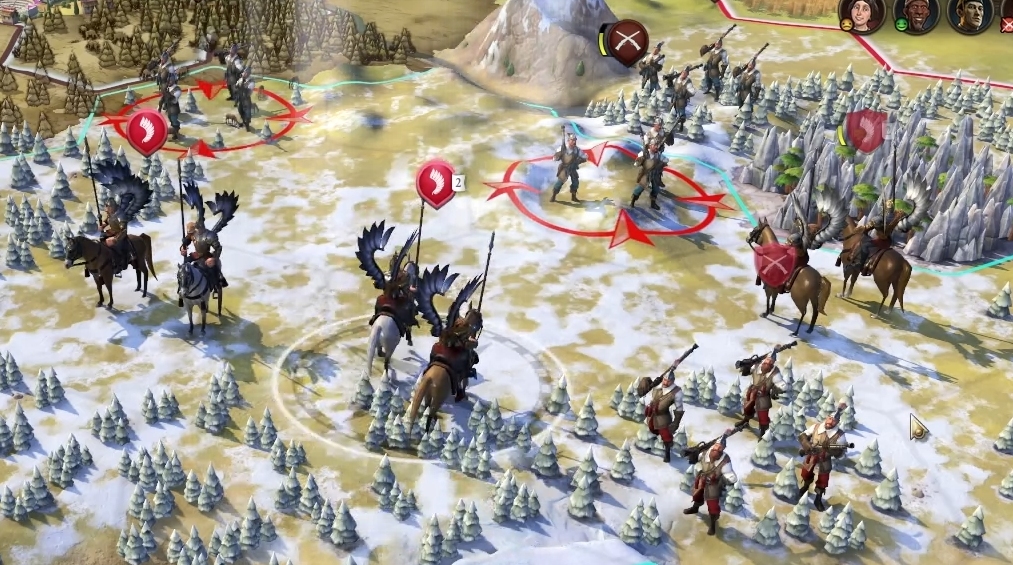
PLC is also the most likely form of Lithuania you’ll see in Civilization games. From Vilnius as a city-state in Civilization 5 and Civilization 6, to PLC having its own challenge scenario in Civ6, that’s the most Lithuanian 4X goodness you can get.
Industrialization hits differently in Lithuania
Things get significantly sadder for Lithuanians (and Poles) as they enter 19th Century bereft of a country, mostly consumed by the Russian Empire. In one of Paradox’s lesser known map painting titles March of the Eagles, the best you can do is recreate the Duchy of Warsaw.
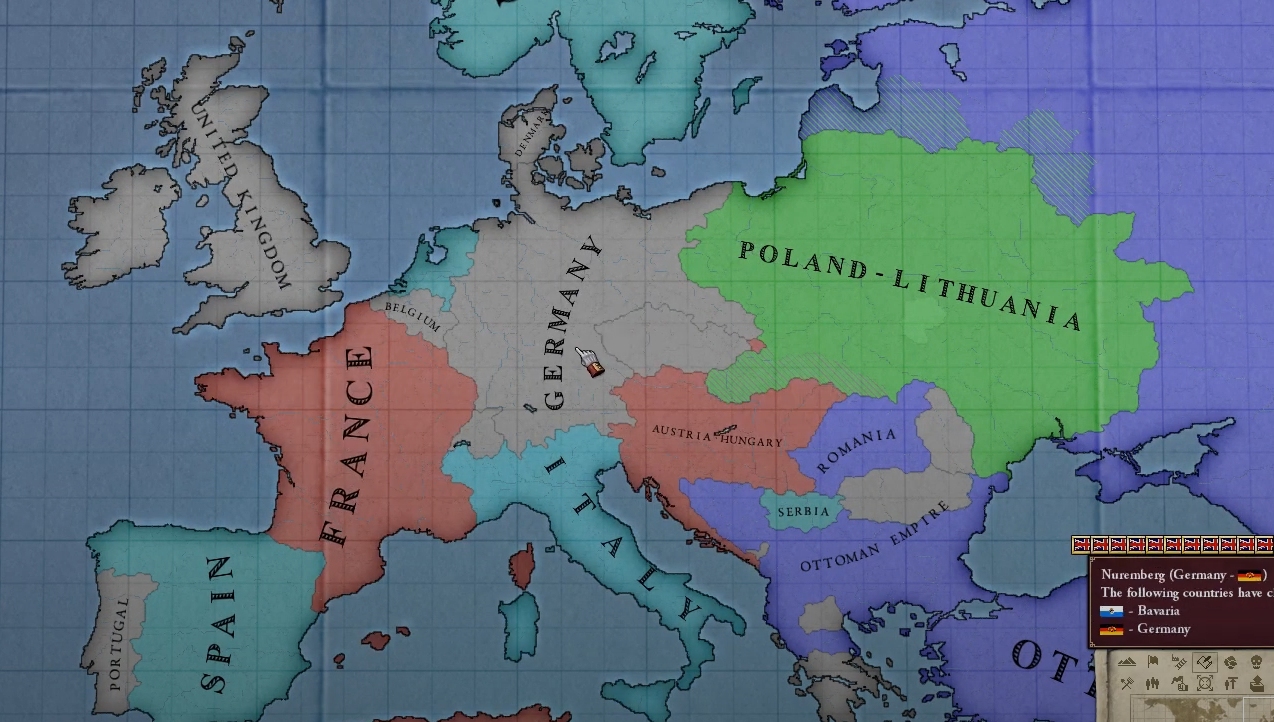
The situation is much better in Victoria 2, where you can release a playable Lithuania as either Russia or Prussia. If you’re stone-cold badass, you may even reform the Polish-Lithuanian Commonwealth. Curiously enough, if you release Latvia and Estonia, you can control one of them and form United Baltic Nations, which “may be the least likely nation to exist in the entire game”. Lithuania is not welcome to join, however.
Once you roll into the 20th Century, you can actually encounter independent Lithuania – twice! First regaining independence in 1918 and then fighting hard to maintain it, my country would be taken over by the Soviet Union (and then the Third Reich (and then the USSR again)) come WW2. Our final liberation happened in 1991.
Modern Lithuania requires modern problems
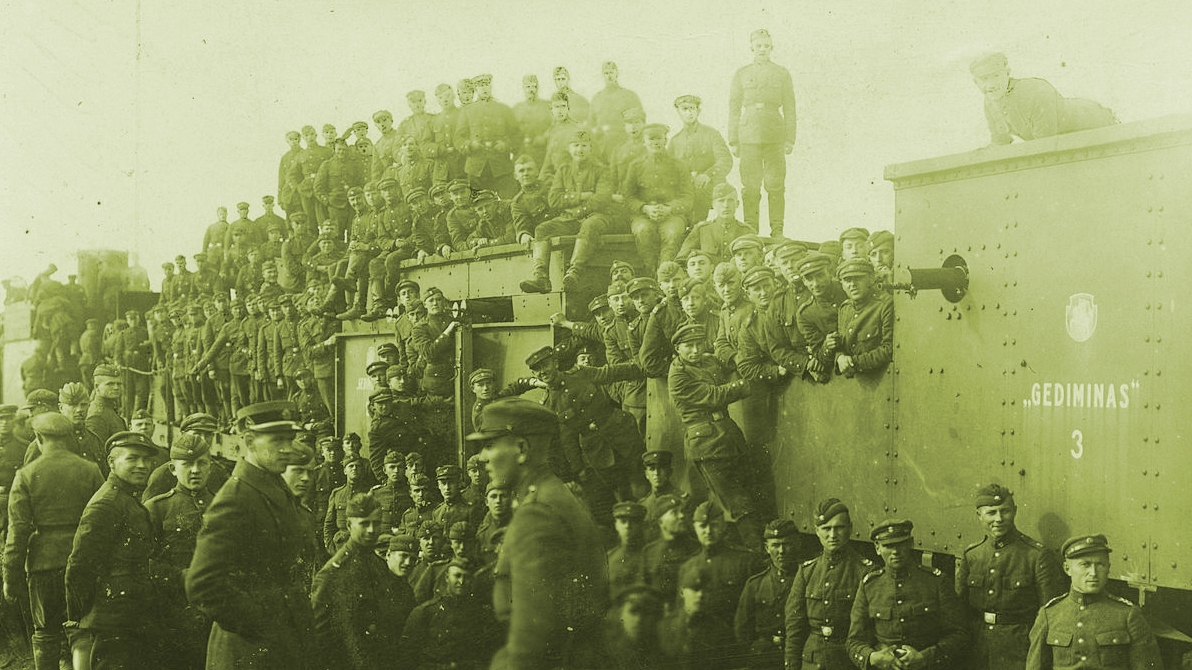
The issue is that 20th Century Lithuania is a far cry from a military powerhouse. We fought a good fight against the whites, the reds, and the Poles (white-reds?) in the 1920s, but nobody seems to be interested in making games about it.
When the Soviets finally took over, it was via a series of ultimatums that placed troops in-country – creeping steps that eventually culminated in a de facto take-over. Lithuanian resistance fought the Soviets well into the 1950s, but, again, not much in the way of games – more about that later.
So you can play Lithuania in Hearts of Iron, but not for long. In a game series where you’re expected to casually throw divisions around, Lithuania has very little power and not many chances to increase it.
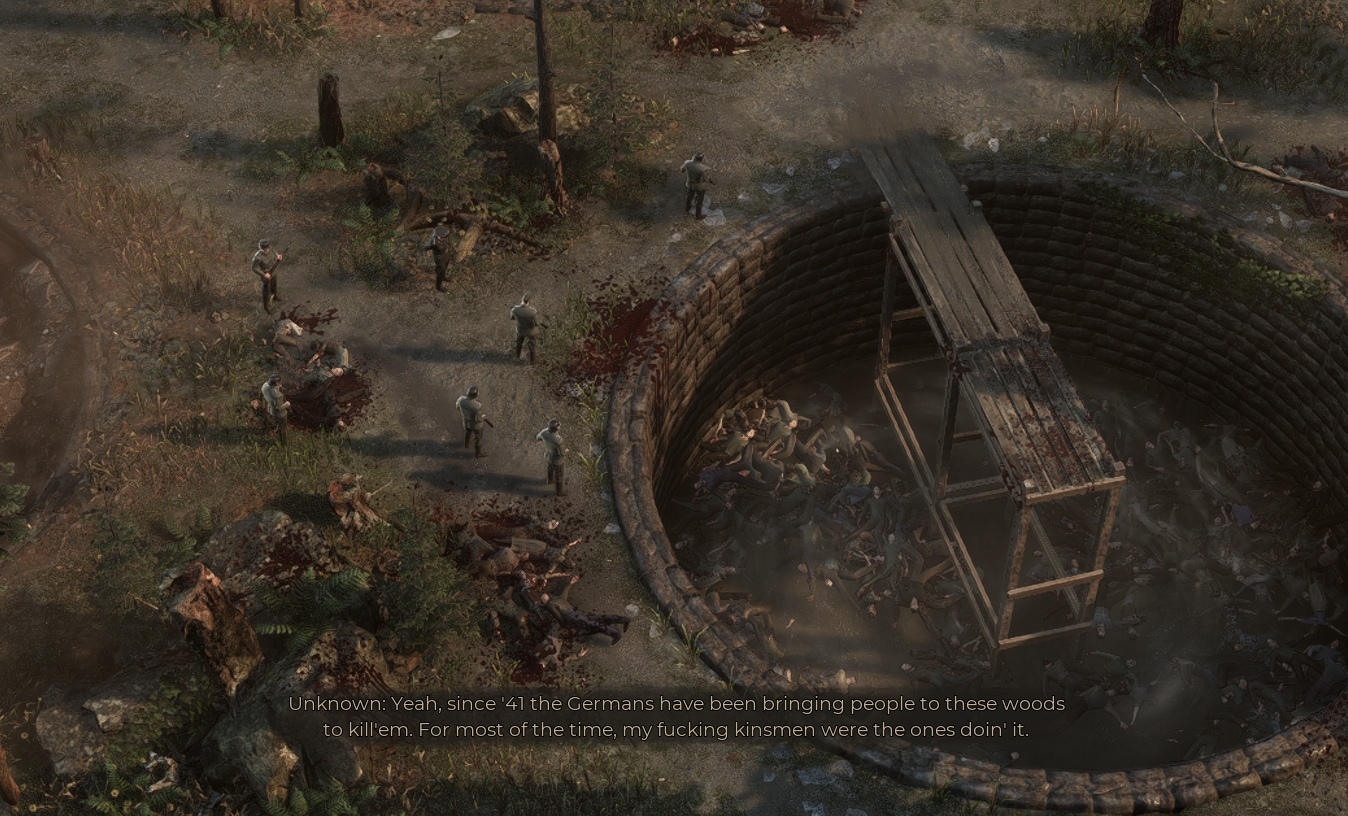
At least one early level in the Commandos-like War Mongrels takes place in Lithuania. The level in question has you sneaking around the Paneriai execution grounds, a significant location in the bloody history of the Holocaust in Lithuania.
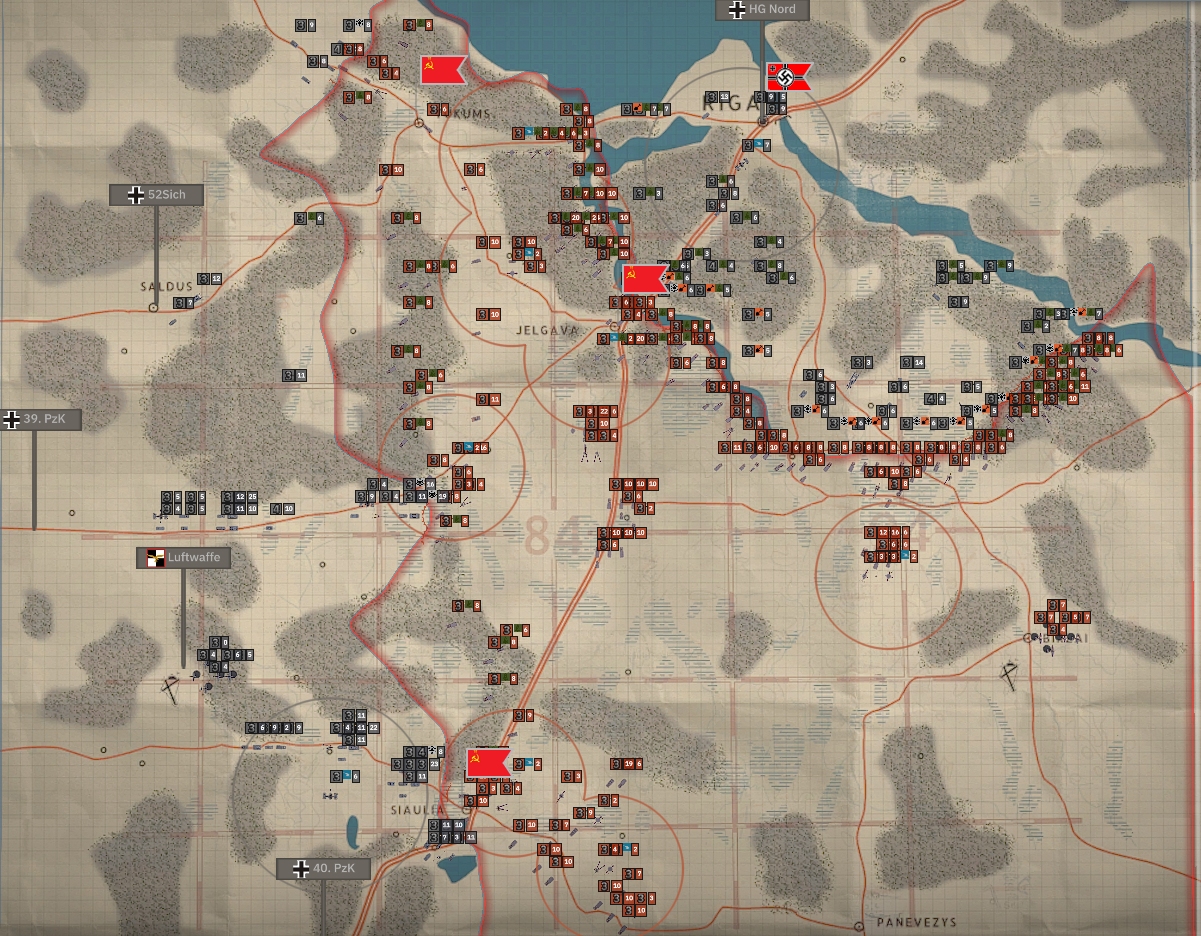
Speaking of parts of our history that we’re not proud of: there’s the 52. Sicherungs-Division z.b.V. in Steel Division 2. It’s a collection of all sorts of nationalist-fascist idiots who thought that throwing their lot in with the Third Reich was a good idea… in 1944. It’s a grab-bag of collaborationist police, nationalist militias and SS legions, so it’s a great unit to play if you don’t want to ever feel sad about losing hordes of pixeltruppen.
In the division, Lithuania is represented by TAR infantry. TAR stands for Tėvynės apsaugos rinktinė (Fatherland Defense Force), which was a short-lived collaborationist unit of 6000 men that the Nazis deployed as a speedbump for the Soviet forces. In game terms, it’s exactly that, but with notably silly “Lithuanian” unit titles borne straight out of Google translate.
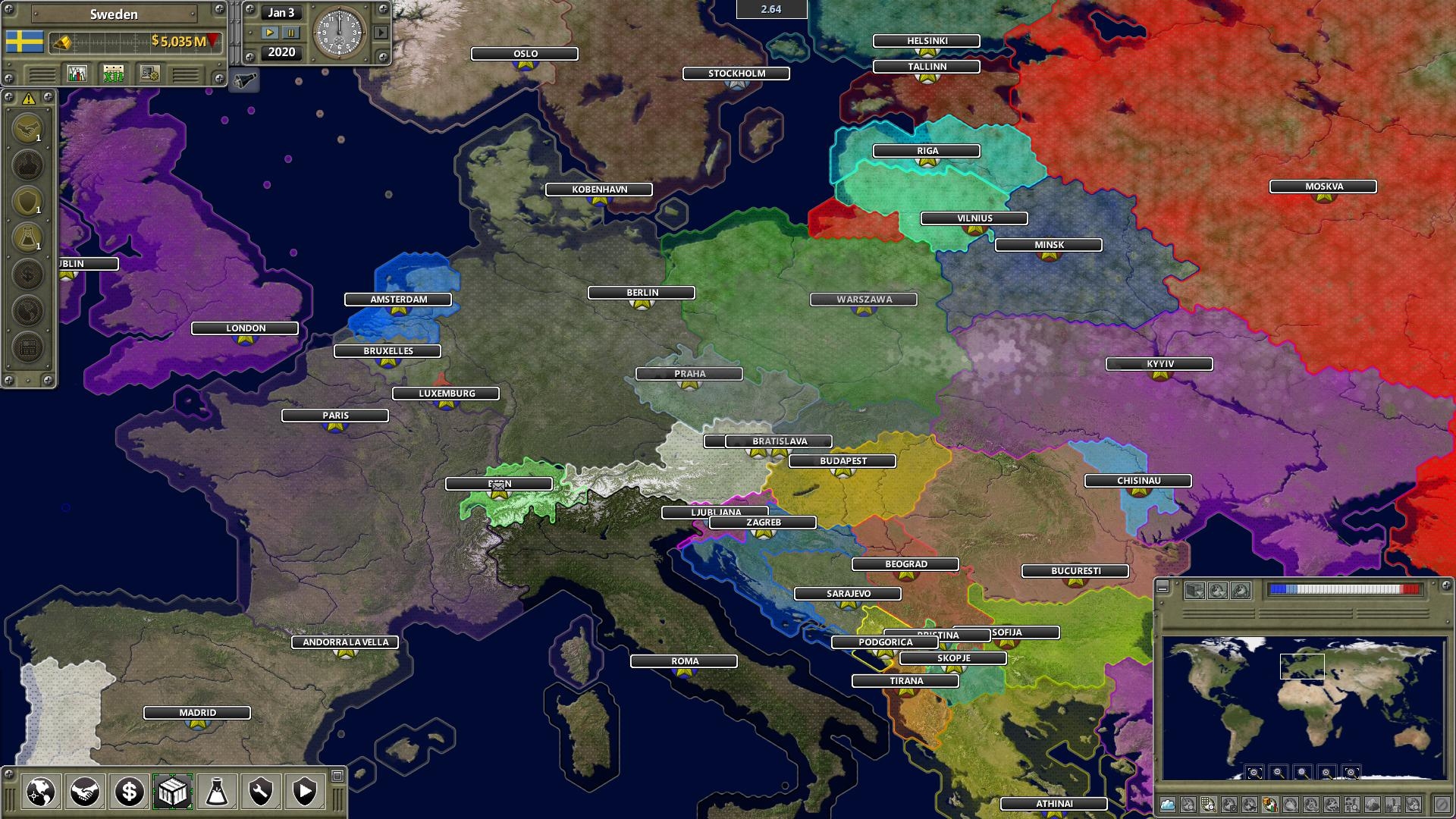
Gaining independence didn’t make Lithuania more viable for grand strategy games set in the 1990s, most of which are geared to run world powers and imperialist has-beens, not lands with fewer than 3 million (and counting down) people. Of these games I remember, but can’t put a name to, a particular one that, annoyingly, seems un-Google-able today. It was a 4X (but not Realpolitiks or the pictured above Supreme Ruler),centered on Europe, and featured simultaneous turn-based tactical battles. Notably, it not only presented Russia as a rump with most lands off map, but also included the Americans in a European tiff by having them take over Egypt. Yeah, I know. Playing Lithuania in this game wasn’t easy because, just like the real life country with less than a division of troops to its name, it’s not exactly a military powerhouse or an industrial superpower.
A Problem Exists Between Latvia And Poland
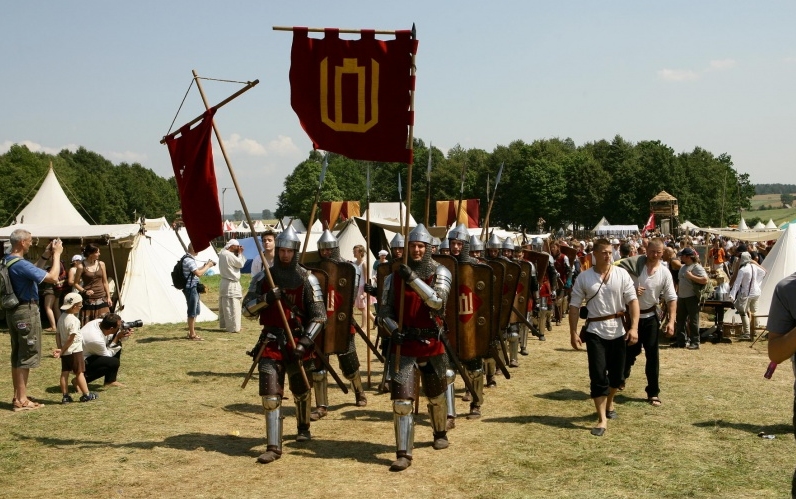
Now, the question may arise: why so little in the way of Lithuanian representation in wargames? After all, we kicked a lot of ass in the Middle Ages, the Polish-Lithuanian Commonwealth was also no shrinking violet, and we even had rebellions in the 19th century as well as the independence conflicts in the 20th. What gives?
Well, we have the indecency to be a non-English speaking country that doesn’t have an enormous population pool. There’s little interest in making games either for us or about us.
But it is also a self-inflicted injury. We have Lithuanian game studios and indie creators, but they’re busy working on projects that would take off in global markets. Making a Lithuanian game about Lithuania in Lithuanian and marketed to Lithuanians, especially a wargame, would mean hoping to get dozens of sales. Making one in English is a longshot as well.
And you will absolutely not get state funding. It’s a common refrain that people holding the purse strings of cultural funding have a pixel-narrow understanding of what counts as art or culture. Do you want to make a sad artsy movie or a sad movie about the anti-Soviet resistance? Go ahead. Anything else is viewed suspiciously. And video games are, obviously, games. Children play games, it’s not a serious tool of popularizing history, nourishing culture or spreading nationalist pap.
Doing an Ancestors: Legacy about the times when Lithuanians were raiding left, right, and centre? A map painter game about expanding the Dutchy’s borders to the Black Sea? A TBS pitting you against Mongols or Swedes? Combat Mission: 1920s? Partisan resistance a la Jagged Alliance? What are you even smokin?!
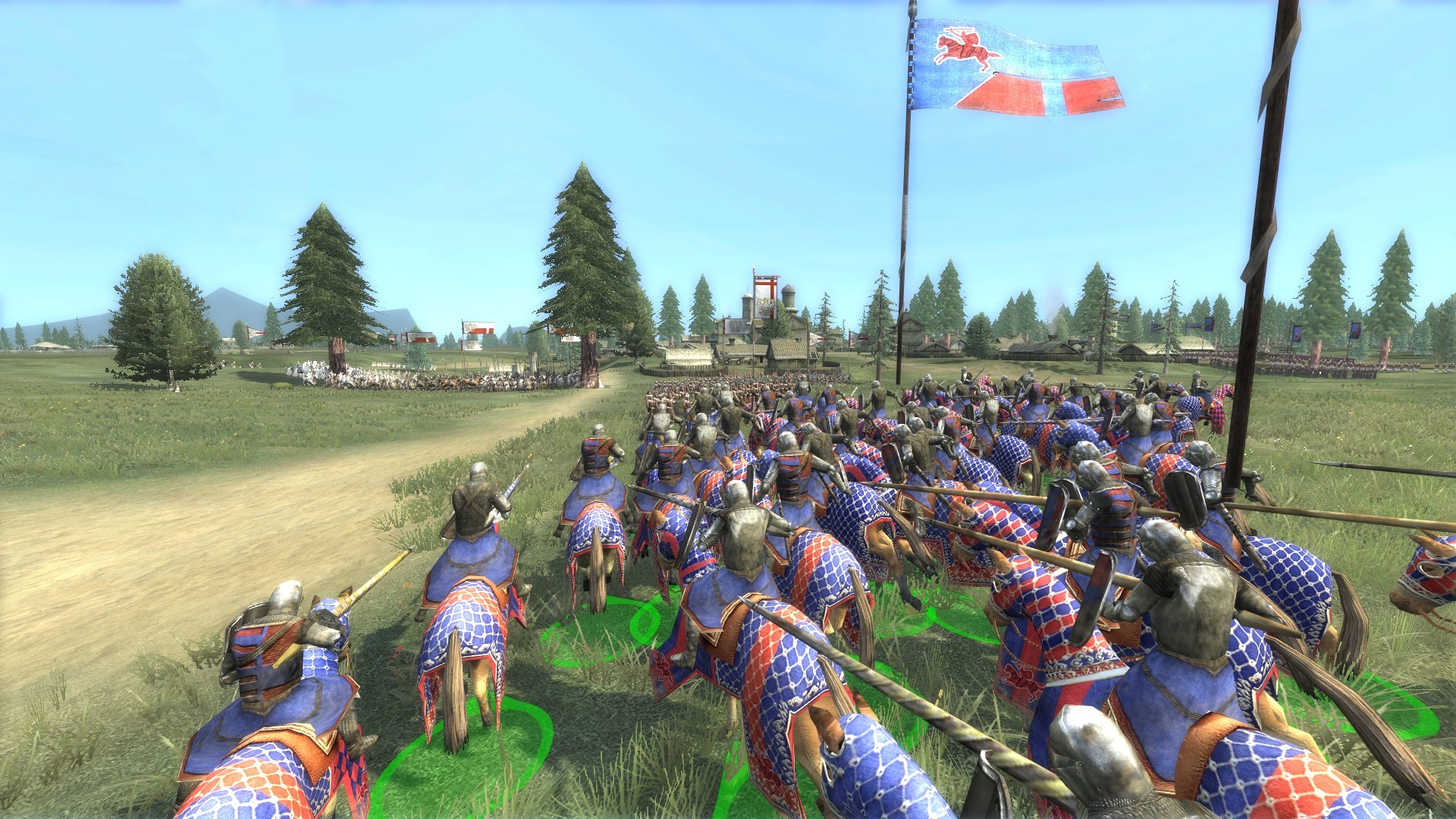
There you have it: Lithuania in wargames. Maybe we’ll make some of our own one day, but for now, you’ll have to make do with what the others make about us. After all, there’s a lot more of you out there!”
Martynas Klimas

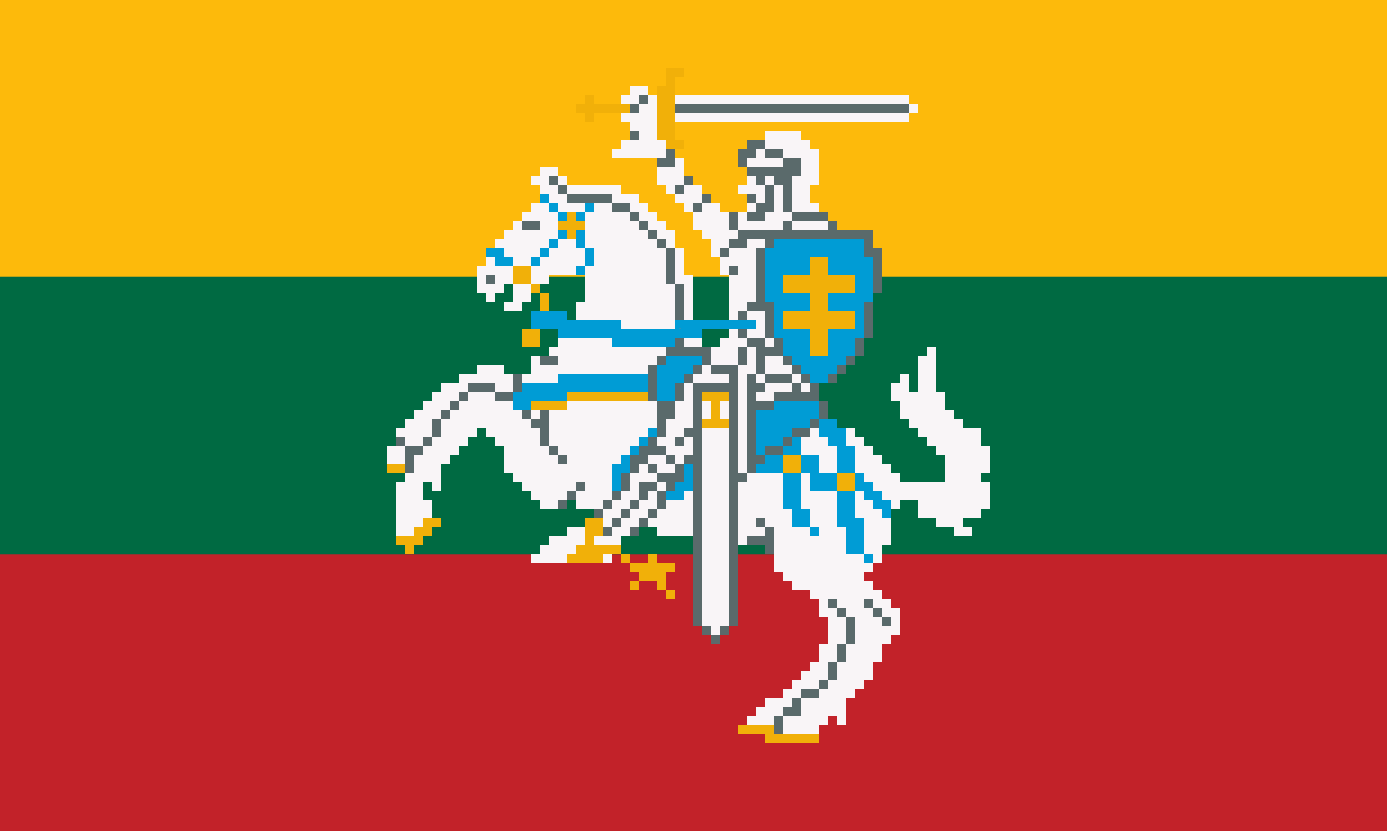
Superb article! Marching through the history of a land through war games!
great little piece
Good job with the bishop Lithuanians! Us Finns had the same solution with bishop Henry on the icy lake Köyliö! See wikipedia.org/wiki/Lalli 😁
That’s a great read – thanks